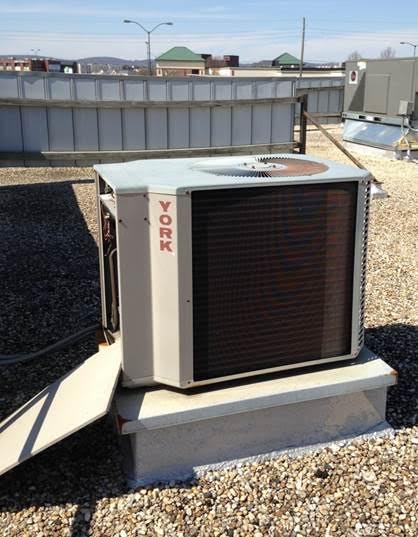It’s an energy efficiency obsessed world and we are just living in it. Nowadays, everyone from homeowners to business owners to property managers and even government agencies are concerning themselves with things like HVAC efficiency. The U.S. Department of Energy (DOE), for example, is currently working on new energy conservation standards for commercial HVAC equipment, and for good reason. HVAC systems in commercial buildings account for more than 40% of total energy use.
Before 2010, data center efficiency was not regulated. ASHRAE 90.1-2010 changed all of that, introducing minimum computer room air conditioner [CRAC] unit efficiencies and more. Now, we are seeing similar attention being given to rooftop units (RTUs).
Energy Efficiency Trends in RTUs and Air-Handling Units (AHUs)
With energy efficiency on the brain, we have seen several improvements in the world of RTUs, including indoor air quality (IAQ), intelligent controls, improved energy recovery options, increased connectivity, and improved maintenance plans.
- Humidity control has become an important part of IAQ.
- Product design is also being greatly influenced by future needs, including ease installation and maintenance, plus ease of use with touchscreen capabilities and intuitive interactions. With isolated compressors, slide-out blower, and easily accessed gas compartment, maintenance time can be greatly reduced.
- Energy recovery technology greatly increases the efficiency of rooftop units while maintaining space ventilation requirements.
- Increased connectivity, through tools like Mobile Access Portal Gateway, allows users to access and control their commercial HVAC systems using a smartphone, tablet, or other Internet-ready device. Greater control = greater efficiency.
- Intelligent controls provide advanced functionality, automatically adjusting airflow, temperature, and economizer function based on HVAC load and ambient conditions. These types of controls offer higher energy efficiency, greater protection, and deeper actionable insight at the thermal management system and unit levels.
- Continued HVAC maintenance of RTUs can result in savings ranging from $50 to $100 per ton per year. You see, over the first several years after installation, RTUs can lose as much as 30% of their original efficiency.
RTU and AHU Maintenance from Mechanical Contractor, Crockett Facilities Services, Inc. (CFSI)
As a MSCA GreenSTAR certified contractor and a part of the ENERGY STAR Small Business Network, our service technician s know how to identify and implement measures to reduce energy usage, improve operating efficiencies, and increase the lifespan of RTUs and AHUs. Contact us today for a quote for an annual preventive maintenance program or for quote to repair or replace your HVAC equipment.
Click Here to Request a Quote
To learn more about Energy Efficiency Trends in RTUs, please contact us at 202.600.2787 or sales@crockett-facilities.com.
Like us on Facebook; follow us on LinkedIn, Twitter, and Google+.
Sources:

